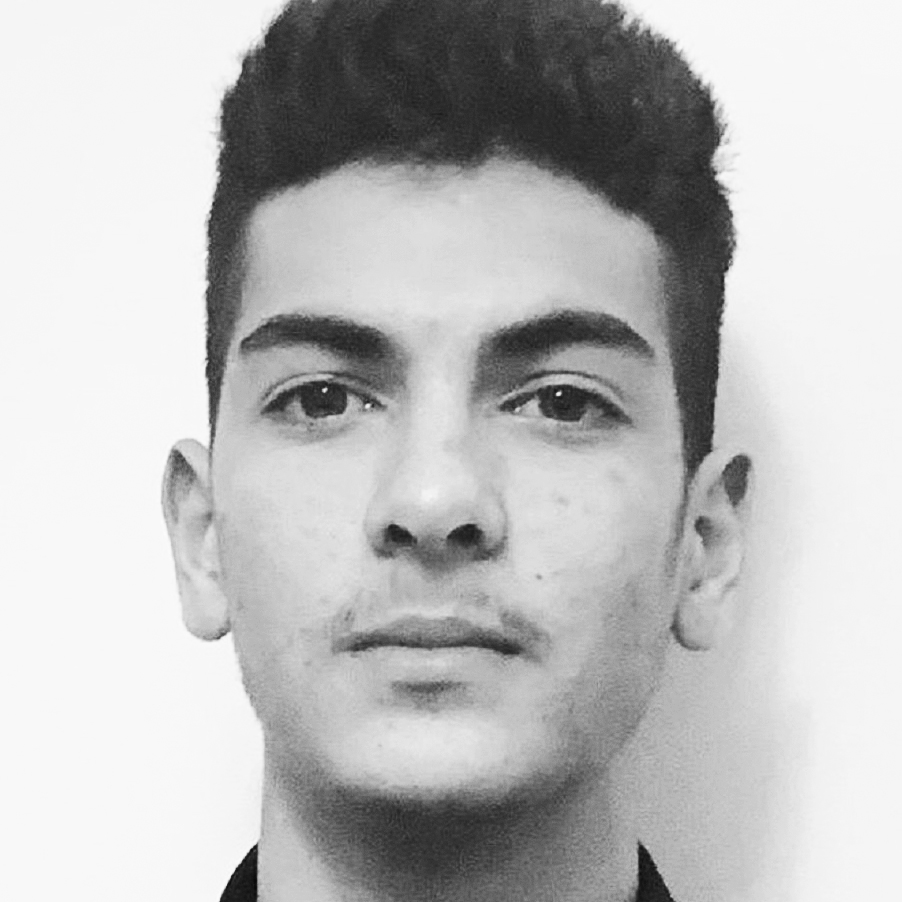Roles
Introduction
During this assessment and the development of our project we did not set out to have clearly defined roles. Rather, we allowed each person to nominate tasks to complete in areas where they felt they had the skills and competencies to complete the job to the highest level. This approach worked well for our group as we all identified as people who like to work independently towards a shared common goal. We allowed each other the freedom to work in areas where we know we would excel, as well as being open to letting team members try out new skills. We shared information and knowledge with each other to help complete tasks and we reviewed each other’s work for constructive feedback and improvement. Each member of the group has written a personal reflection on what they thought their role was in the group during these past few weeks.
Colin Stock
At the beginning of this assignment period, it was decided as a group to not set in stone clearly defined roles, instead the group decided to wait and see how things developed. This worked well with our group because even with certain people taking on more specific roles the group had a lot of flexibility and members adapted to taking on different roles, sometimes multiple roles. Throughout the progress I took on a leadership type role, writing up the agenda’s and trying to control the flow of the meetings. Within the first few meetings' assignments were distributed to different group members some pairing up for the bigger tasks. Being in control of the agendas, overview, timeframe and the scope and limits lead me into a more organisational and leadership type role.

Gesina Sands
During this group assignment we did not have specified roles set out. We were able to each nominate tasks we felt comfortable with doing and we divided up the work evenly. As the journey of the development of our assessment progressed, we were able to see roles naturally emerge from people's strengths. In this group assignment I perceived my role to be that of an all-rounder role as I was able to contribute to tasks from project management, taking minutes and setting up the kanban board to content creation and coding tasks. I was able to use my experience as an English teacher to contribute in the editing of written content, as well as trying out new skills, in particular working with the work breakdown structure tools in the planning phase, and creating a registration on boarding form in the development section of the project. I have been able to hone old skills where I felt confident in my abilities as well as try out new skills and tasks in areas where I am still developing and learning.

Liane Wong
In the course of this assessment, roles were interchangeable and can range from team lead, designer, quality assurance and backend programmer. With the diversity in knowledge, skills, and talents, every team member took part in tasks they were confident in.
For example, in the earlier weeks, I felt that my role was to organise the folder system in the Microsoft Teams channels. As I work as an executive assistant part-time, I was inclined to organise and break down the assignment criteria to help the team understand the exact requirements to achieve an acceptable grade. The first written task I was assigned to was to organise the team’s profile which was gratifying as I enjoy writing and analysing data.
Further on, my experience in design and photography was employed during the design and planning stage of our project. Although creating prototypes and wireframes are somewhat novel to me, in the duration of this assignment, I learned about UI/UX designers’ workflow. As a result, it can be said that my role during the design and planning stage of the project was UI/UX designer. I also acted as front-end developer whilst working on the Budget Hub application. Although my contributions were minimal, I created the elementary file structures and style sheet.
Finally, as the assessment due date looms closer, my roles transformed to ‘editor’ and ‘copyrighter’. I had volunteered for these roles as I would like to improve myself in editing and compiling documents, which I find could be advantageous for my career.

Michail Christofis
Throughout the duration of this group assignment, the role of each person in the team, was to complete the tasks given to them, something which we based on each person’s competency, in the fields which required completion. My role in the team was to complete the technical aspect of the project, to create the application described in the project idea and to make sure that most of its intended functionalities, operate as intended. Moreover, I also created the backend for the program and wrote up all the artefacts (web scrapers, auto html generators etc.). As the project progressed, in addition to this, I was asked to also write up essays, edit the work of my group members and do research on a plethora of different topics necessary for the completion of the assignment. Without a doubt, this was an extremely memorable experience, that has taught me a lot, in a multitude of different domains.

Samuel Saad
Each team member had a specific domain of interest and skill which they utilized for the further development of the content in the group assignment. Task allocation was done according to said skillsets and interests. I personally have knowledge of the backend requirements, from how a team should be structured, to the tools, technologies, languages, paradigms, and software design patterns that must be implemented in order to ensure the success of an application. Said knowledge and experience enabled me to write reports and provide insightful feedback, and practical knowledge to each member in the group when required. Although said feedback was given when required, again my main role was to write detailed reports, using my understanding as a foundation upon which they stood.

Conclusion
As a common software development team that has major experience in the field of IT, must consist of multiple members, each of which must specialize in their respective domains, it was hypothesized that the hex clan would be a rather opposite structure, with multiple members having an everyday skillset that would not contribute to an outstanding result. This could not be further from the truth; each member had a unique skill set and one that was a pivotal point in the success of the team. Liane was a frontend expert, that in fact is currently practicing work in this domain, this enabled her to complete designs. Gesina understood the structure of the English language, and the required vocabulary, she would always contribute to written work with kind suggestions and ones that consisted of constructive feedback. Colin did an exceptional job at conducting the meetings and keeping the group on track in a polite yet slightly stern manner. Michail completed the application and contributed to its functionality and took on board constructive criticism that in the end, resulted in the success of the application. Samuel was an all-rounder, adept in back-end and front-end knowledge as well as the concepts needed for application development has contributed into writing the specifications and reports required.